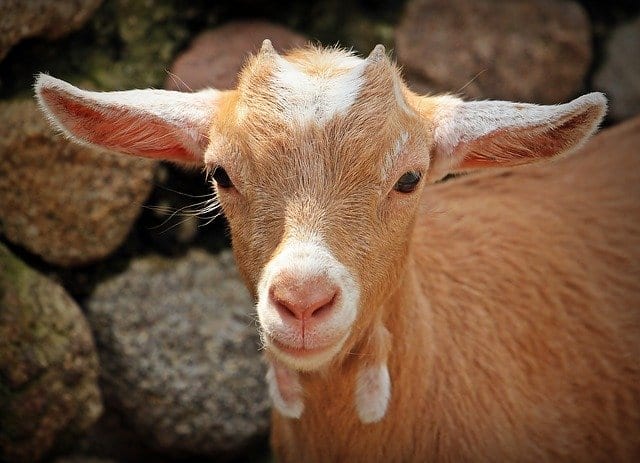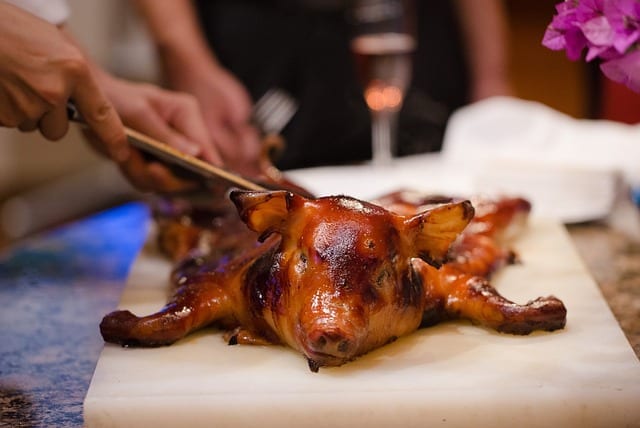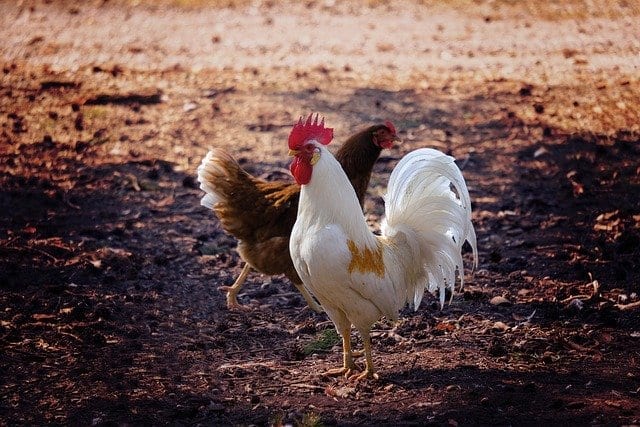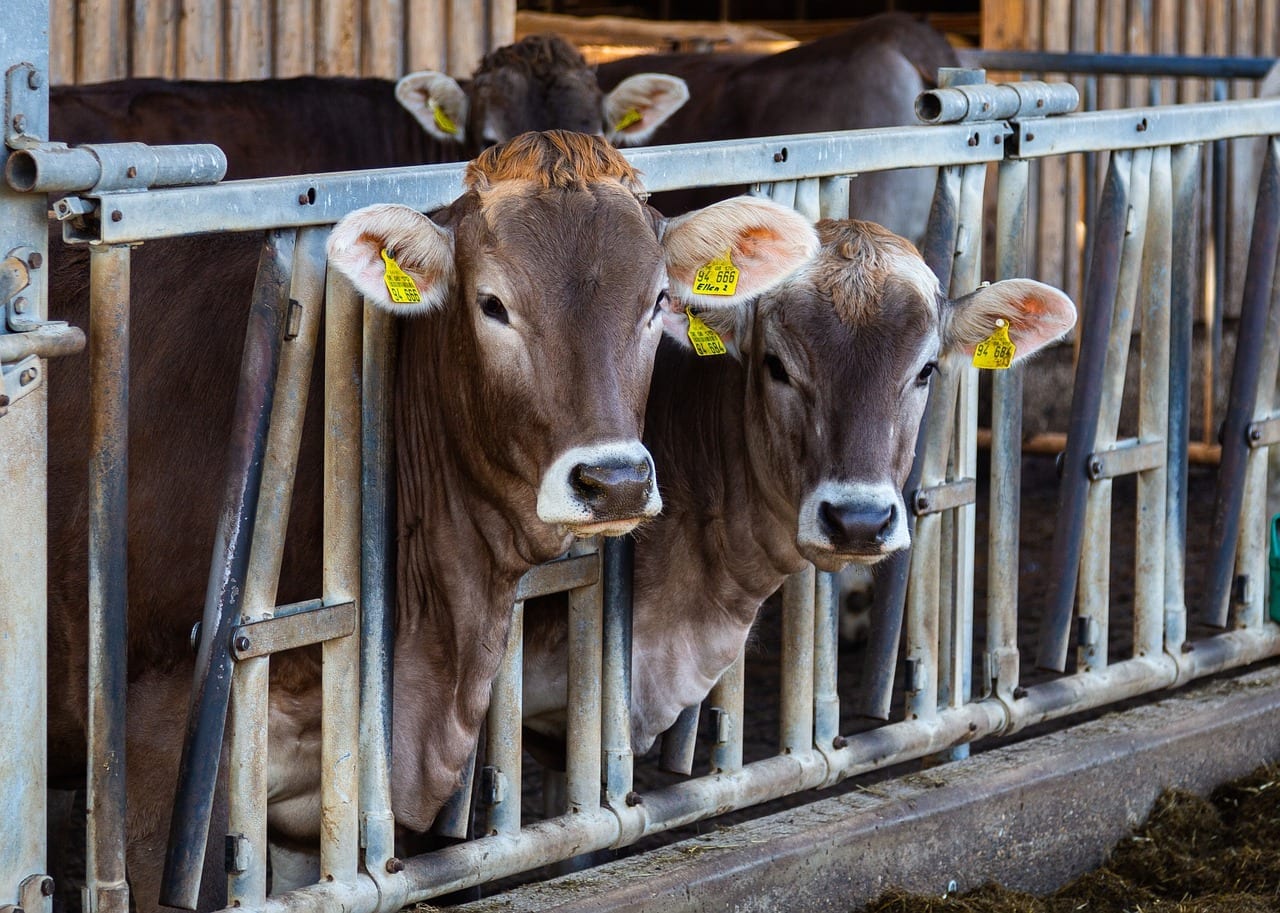It is an essential sector so that we can buy in supermarkets or other food stores all kinds of meats and eggs. However, it is also suffering the hard blow of this current health crisis, above all, by the closure of restaurants and bars. Piglets, lambs, hams and select cuts from the bovine These are just some examples of the decline in sales by Spanish farmers. If you want to know how the coronavirus affects livestock national, here we explain it to you in detail. Because staple foods do not escape the notable negative consequences of COVID-19 contamination.
Losses that go in chain
Behind the restaurant sector there is a whole world that is not going through good times either, since the establishment of the quarantine 25 days ago. Almost a month without being able to supply a significant amount of perishable food is too much for Spanish farms. The Livestock farmers of our country have been seeing in these weeks of confinement how the coronavirus affects to their businesses. Accustomed to acting as suppliers of their best meat for different restaurants and bars, that commercial line has been closed. The losses they go in a chain, from the hostelry to cattle.
In one fell swoop, they had to stay without being able to exit to a production destined to serve some excellent raw materials for the kitchens of these establishments. They are not few: Spain It is still the country in the world with the most bars. Almost nothing. In a context never seen before, the sales of lamb, suckling pig and Iberian they have hit a tremendous slump. Like certain pieces of select beef and cheeses that are practically only sold to the hotel chain. With it plated, the farmers also lose out, although they do continue to supply other meat and poultry products to the food sector.

If this alarm status It lasts even longer in time, many entrepreneurs with little experience in the sector will be forced to abandon their farms. ¿How the coronavirus affects to each of the sub-sectors that are within livestock, whose contribution to the TAX ID No national is from 1,2%? Let's see it next.
Lamb meat, the most affected
This type of meat is characterized by its careful quality, excellence and a destination very circumscribed to the Horeca channel. Therefore, saving some restaurants that sell Home, very little outlet has the product that is so appreciated in the Christmas season. While it is true that lamb has been trying for some time to have a greater presence in butchers and supermarkets, he still has a way to go. Its objective is to increase consumption at home, offering new formats that captivate the average consumer. In addition, taking care of a price which is usually quite a lot high, hence sales on those channels are rather insignificant.
Some cooperatives, given the current difficult situation, are offering lamb at home Also, since it is the only alternative they have left to sell something. It is even served ready to consume a product that is already nor does it quote in some agricultural markets, something that makes the problem even worse. It should be noted that the 6,5% of the economic contribution to the total meat cattle ranch corresponds to this type of sheep and goat cattle.

Freezing in the Iberian
El pig It follows a path very similar to that of lamb, since prices in certain Spanish markets have fallen. Such has been the reduction in prices, which stands at around five euros per unit. In just one week, it has been seen how the coronavirus affects to a sector -the porcine- which contributes to the livestock value a very important percentage of the 39%.
Of course, it should be noted that also hams and shoulders They have a downward evolution due to the closure of the restoration. In addition, they lose share in the chain retail versus cheaper meat alternatives. One of the solutions pointed out by the Guarantee Mark Suckling Pig from Segovia is the freezing of the product, while the rest of the parts of the pig that are sold maintain stable prices. This has been assured to Effeagro production sources.

How does the coronavirus affect cattle and other products?
We now enter a flesh - that of bovine- what does the 17% of the value in livestock. His most select pieces or premium are suffering to a greater extent with decreases of up to six cents a week in all their categories of veal, in the reference market, which is in Binefar. Then, with regard to the different cuts that are marketed in supermarkets, they maintain their usual prices, although consumers prefer other types of meat like pork or chicken.
Precisely that last meat - from the bird- offers one of the few joys. The sales have gone up a 25% in the retail. Something that amortizes the loss of earnings from supplying bars, according to what they point out from propollo. This sub-sector contributes to livestock value a 12%. On the other hand, also eggs they are good news, since consumers have increased their purchase and this saves part of what is not sold to the hospitality channel. Of course, other small companies are having more losses by targeting more bars and restaurants. The poultry farming generates a 6,5% of the value in livestock.

Finally, we cannot forget derived dairy products such as liquid milk -which does maintain its demand from home- or high-end cheeses. In this second case, from Phenyl report more problems. Most of them (with quality seals, both sheep and goat) are more linked to restoration, so they are also hit.
And it is that with almost all the plated hospitality, the sector survival as the rancher staggers in many cases. How the coronavirus affects each part of our economy continues to worry a lot. Sooner rather than later it must return to relative normality. Remember: Stay at home, help make this possible.







